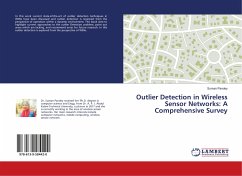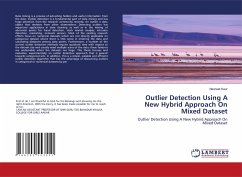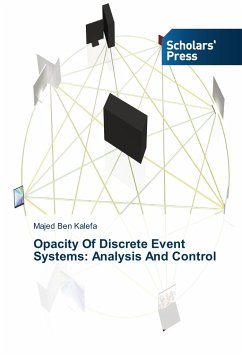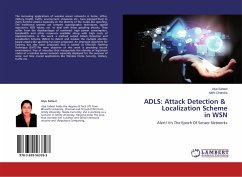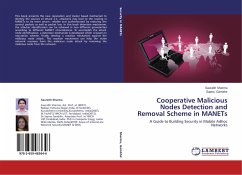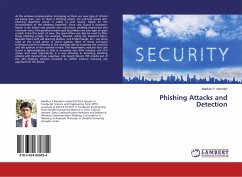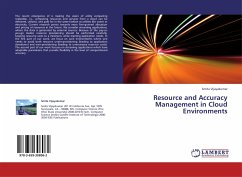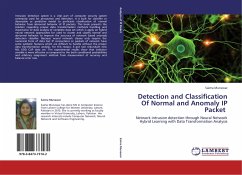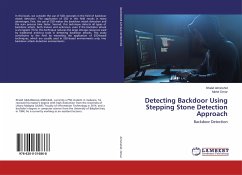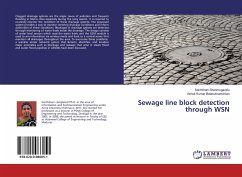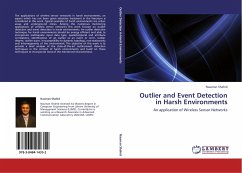
Outlier and Event Detection in Harsh Environments
An application of Wireless Sensor Networks
Versandkostenfrei!
Versandfertig in 6-10 Tagen
45,99 €
inkl. MwSt.

PAYBACK Punkte
23 °P sammeln!
The applications of wireless sensor networks in harsh environments, an aspect which has not been given extensive treatment in the literature is considered in this work. Typical examples of harsh environments are urban areas and underground mines. Among the numerous monitoring applications of wireless sensor networks this work focuses on outlier detection and event detection in harsh environments. An outlier detection technique for harsh environments should be energy efficient and able to incorporate multivariate input data type, spatiotemporal and attribute correlations, identification of an o...
The applications of wireless sensor networks in harsh environments, an aspect which has not been given extensive treatment in the literature is considered in this work. Typical examples of harsh environments are urban areas and underground mines. Among the numerous monitoring applications of wireless sensor networks this work focuses on outlier detection and event detection in harsh environments. An outlier detection technique for harsh environments should be energy efficient and able to incorporate multivariate input data type, spatiotemporal and attribute correlations, identification of an outlier as an event or error, outlier degree, outlier score, in-susceptibility to dynamic topology, non-stationarity and inhomogeneity of the environment. The objective of this work is to provide a brief analysis of the state-of-the-art outlier/event detection techniques in the context of harsh environments and build on these techniques to incorporate most of the mentioned characteristics.



